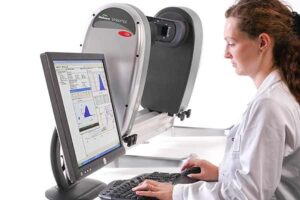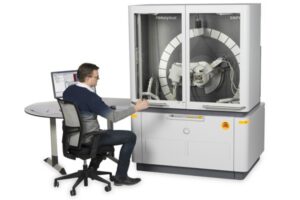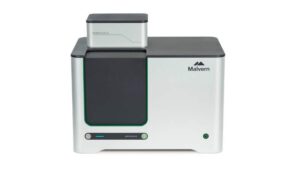New Malvern Application Note Shows Value of Nanoparticle Tracking Analysis in Exosome Studies
Malvern Instruments has published a new application note examining the use of NanoSight Nanoparticle Tracking Analysis (NTA) technology in the study of extracellular vesicles.
The note focuses on exosomes and the importance of ensuring the stability of sample preparations, as an essential precursor to detailed research work.
‘Measuring Exosome Stability with Nanoparticle Tracking Analysis’ describes the use of this technology for size and concentration measurements of exosomes stored at 4°C and at room temperature for up to 5 days.
Present in various organisms, extracellular vesicles are studied and described as exosomes, produced from the cell endosome or microvesicles, as a result of cell membrane budding.
Current research seeks to provide insight into their role and potential links to clinical conditions. Understanding the stability of samples is essential to ensure any differences are attributable to test conditions and not to sample instability.
The ability of the NanoSight range of instruments to visualise, size and determine the concentration of particles below 300 nanometres (nm) has made it highly valuable in the field of extracellular vesicles.
Malvern’s NanoSight range uses NTA to characterise nanoparticles from ten nm to 2000nm in solution.
Each particle is individually but simultaneously analyzed by direct observation and measurement of diffusion events.
Particle-by-particle methodology produces high-resolution results for particle size distribution and concentration, while visual validation provides users with confidence in their data.
Particle size and concentration are measured, while the fluorescence mode provides differentiation of labelled or naturally fluorescing particles.











